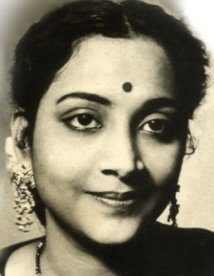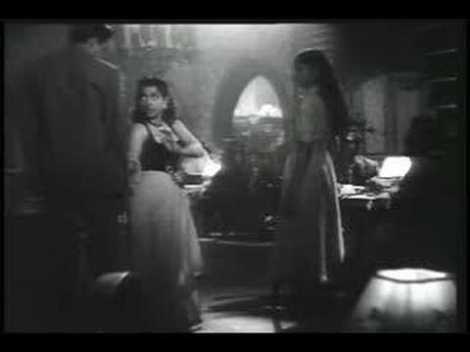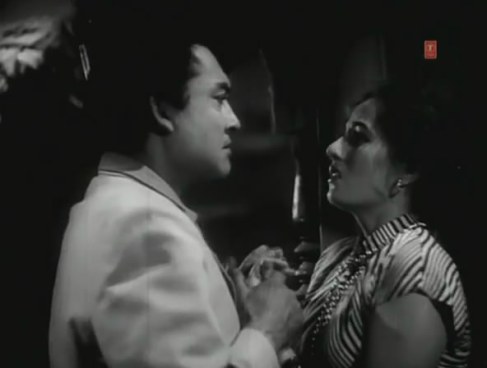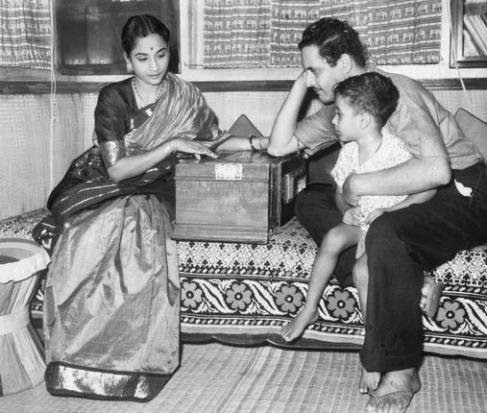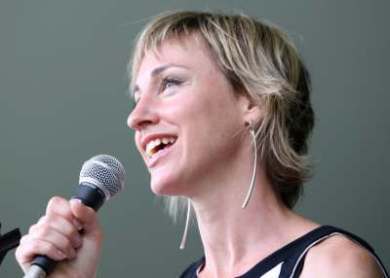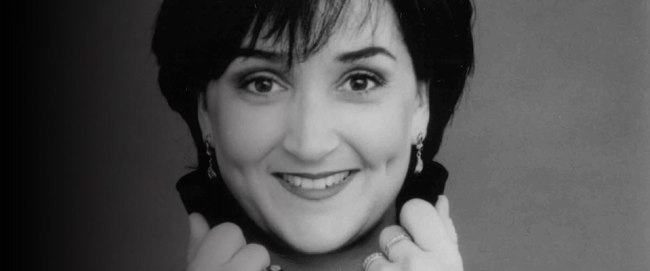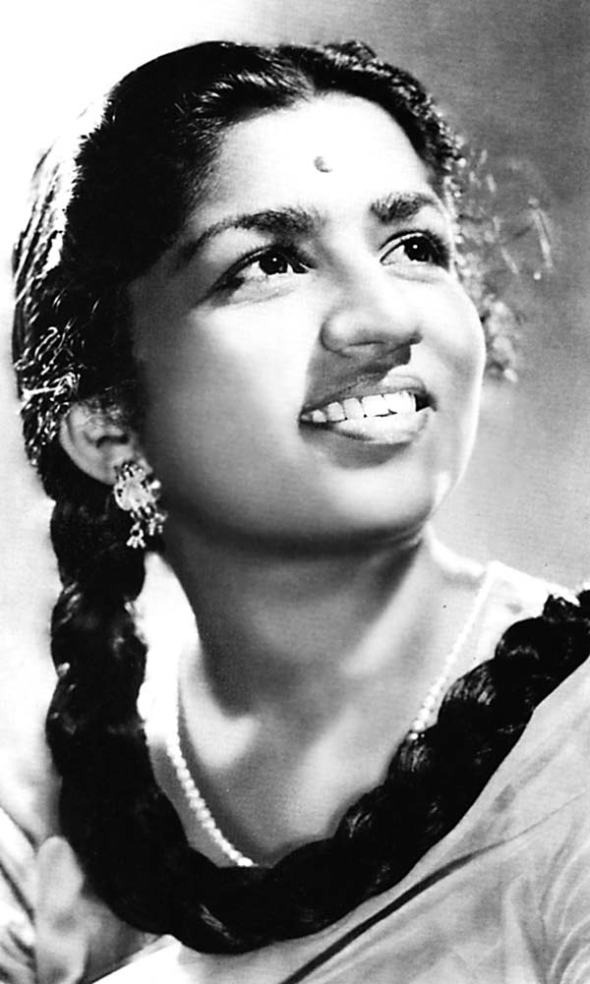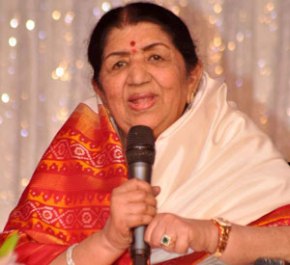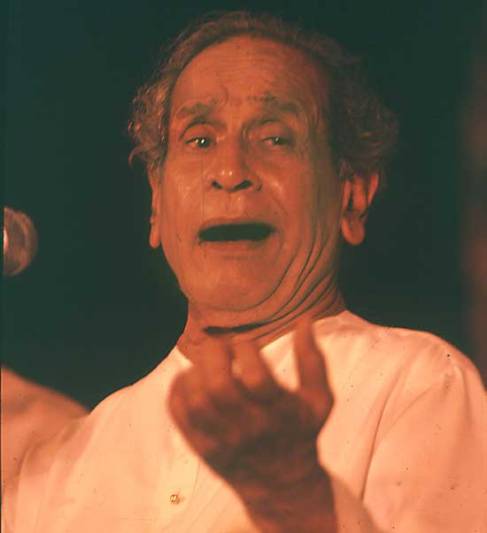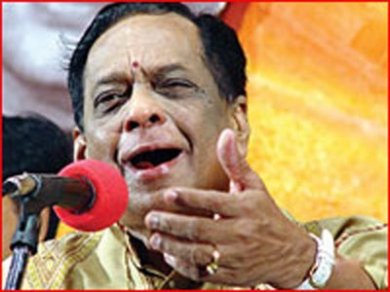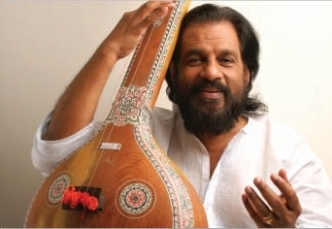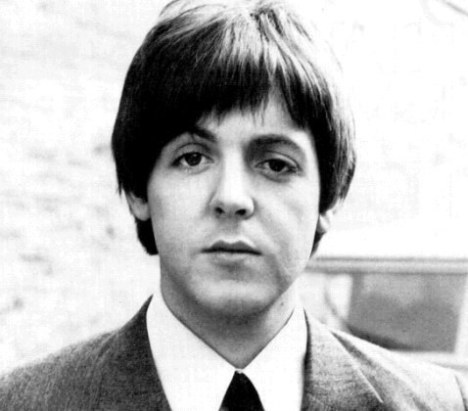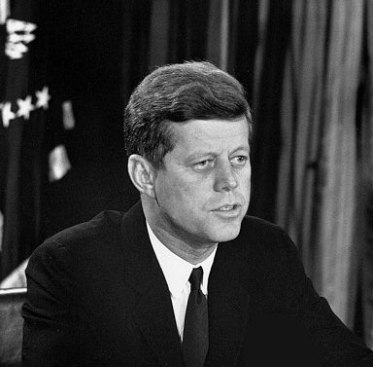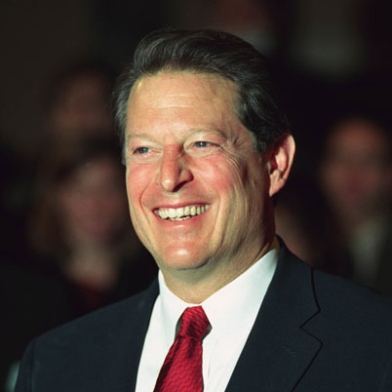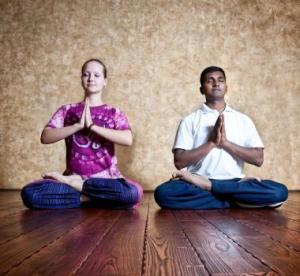12th January is a very important day in India. This is
celebrated as National Youth Day. Swami Vivekananda who is also known as
Patriotic Saint was born on 12th January 1863. He was the Chief Disciple of Ramakrishna who was a well known saint in Bengal during 19th
century. Swami Vivekananda is credited with founding of Ramakrishna
Math and the Ramakrishna Mission. The latter has spread throughout the
country and is engaged in learning many educational institutions.
Swami Vivekanada’s influence on Hinduism is paramount. According to
him, Love and respect towards the Motherland was the solemn duty of
every citizen. He is respectfully known as the Patriotic Saint.
Thanks for reading.
Narendranath Datta (the real name of Swami Vivekananda) was born in an
aristocratic Bengali family of Calcutta. His father Vishwanath Datta was
an Attorney at the Calcutta High Court. His mother Bhuvaneshwari Devi
was a devout house wife. The progressive rational thinking of Narendra’s
father, and the religious temperament of his mother helped shake his
thinking and personality.
Swami Vivekananda was instrumental in the introduction of The Indian
philosophies of Vedanta and Yoga to the western world. He was a great
public speaker. His confident participation in the Parliament of the
World’s Religions in Chicago in 1893 brought him laurels. The beginning
of his speech by addressing Sisters and Brothers of America… is
remembered by religious leaders of various countries even today. He was
considered the most effective and influential speaker at that meeting.
Swami Vivekanada’s teachings emphasize human development. According to
him each individual has a soul potentially divine. The goal to manifest
this divinity should be prime for everyone. This is possible through
devotion to one’s duty. This is possible by mental discipline or
prayers. Contemplation on human soul is also very relevant. This is the
very essence of any religion. Rituals, dogmas, books or temples or forms
are just secondary details.
Thanks for reading.

